
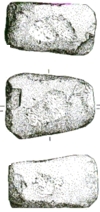

Palaeo-
A 7 metre deep peat core taken from the centre of the ombrotrophic (raised bog) at
Borth (Cors Fochno) revealed an interesting palaeo-
This showed evidence of small scale activity in the Bronze Age, and a much clearer
lead and copper peak in the earlier Iron Age-
The source of this lead seems to have been a smelting site close to Erglodd Roman fort, just to the South East of the bog. The latter site was excavated by Cambria Archaeology.
Peat coring within the uplands of the Cambrian mountains (Plynlimon) -
Coring near to the source of the River Severn on Plynlimon in Mid Wales was undertaken
with the aid of the RCAHM (Wales) led Metal Links Project in Feb-
One focus of this was to try and recognise the beginning of mining at the nearby
prehistoric -
Prehistoric gold mining, milling and gold recovery: experimental work with the Deutsches
Bergbau Museum (Bochum) -
This work was undertaken by Simon Timberlake and Brenda Craddock at the site of the
4th millennium B.C. gold mine at Sakridisi. It involved the reconstruction and use
of hafted stone mining tools and fire setting to mine gold-
This was followed by crushing, fine milling (on grindstones) and washing to recover microscopic grains of gold.
This was the same process we believe was followed 5000-

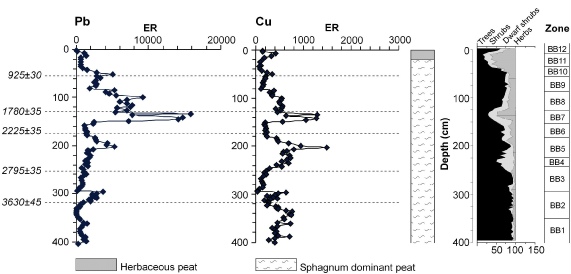
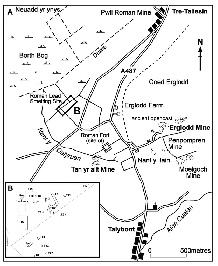
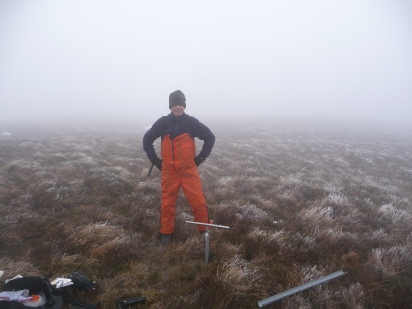
This website was made possible by a grant from the Cambrian Archaeology Association


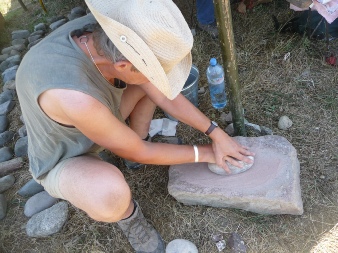


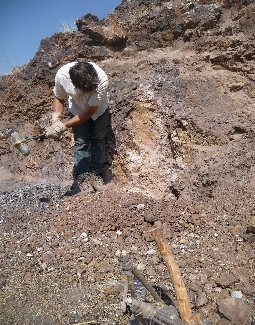
pollution during the prehistoric period, but more significant contamination from local
mining at the beginning of the Medieval Period.
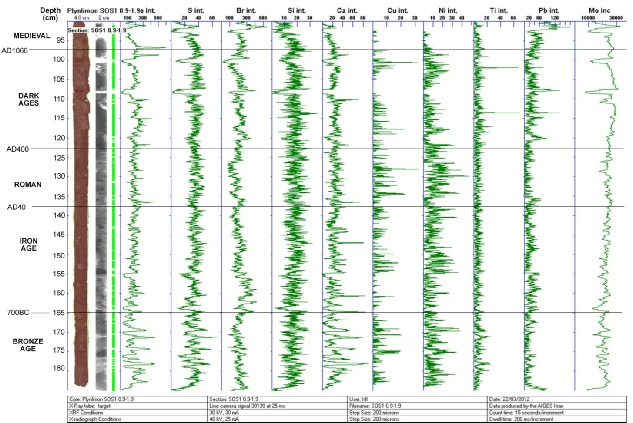
(dept. of Earth Science University of Aberystwyth and T. Mighall)

-
and antler picks